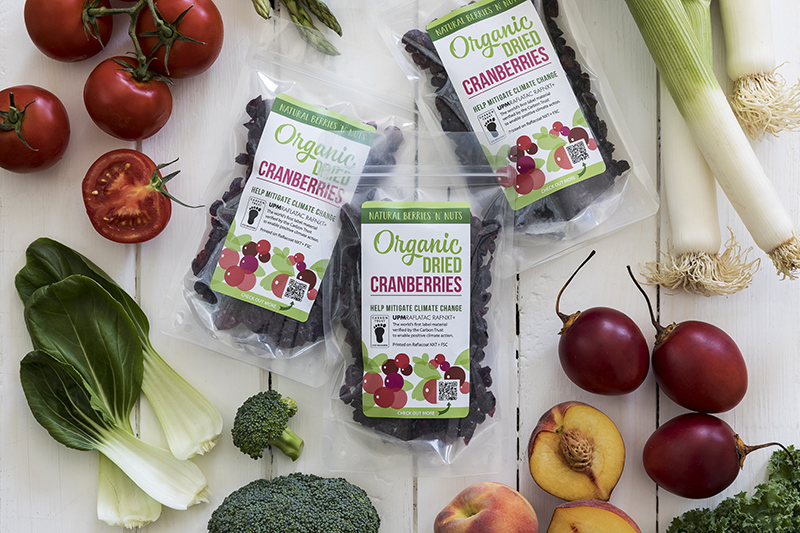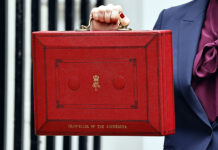The Scottish Government’s target is to reduce all food waste by 33% by 2025. With data showing at present an estimated 987,890 tonnes of food and drink is wasted, this is a significant goal to meet. Although food labels might seem a small part of the packaging puzzle, Eliisa Laurikainen, business development manager, consumer goods, at UPM Raflatac argues that they are important in helping tackle food waste.
THE Scottish food waste reduction action plan focuses on the prevention of both avoidable and unavoidable food waste, and packaging has an important role to play in this. As can be seen by the deposit return scheme (DRS), producers and retailers are being encouraged to be part of the solution, not the problem.
Clear communication reduces food waste
As packaging materials and techniques have developed, the shelf life of foods has grown and as a result helped prevent food waste across the supply chain. However, informing customers about relevant information also helps prevent food from being wasted and this is where labelling plays a key part. Alongside a continued focus on the material used to package the food, there is the need for a lot of information on the packaging, for example best before dates or use-by dates, ingredients, allergens, price, shelf life, brand information etc, and in the future, communicating this information will play an even more important part in tackling food waste.
In fact, in a recent survey of consumers’ perceptions of packaging’s role in encouraging or preventing food waste, it was found that safety cues for meat and seafood, ideas for leftovers or tips on repurposing produce, and portion sizing were common responses to avoiding waste.
This yet again highlights the importance of food labelling and the multiple roles it will be expected to perform as consumers, producers and governments alike look to reduce food waste.

Labels impact recyclability
However, the power of the label extends far beyond food safety and reducing food waste. It can also directly affect the sustainability of a product. Even if the main food packaging material is recyclable, label choice can have a big impact on overall recyclability.
Using the wrong type of label can result in lower quality of recyclate and downcycling of valuable raw materials. With four out of five consumers saying that they consider the sustainability of packaging in their purchasing decisions and 74% willing to pay more for it, the need for more sustainable label options for food packaging has never been more environmentally, or financially, important.
Delivering labelling solutions that are both food-safe and more sustainable is an ongoing journey of product development.
Creating solutions that meet stringent food safety regulations, while also lowering environmental impact, are of paramount importance. By opting for innovative label materials that move away from fossil-based materials to verified sustainable and renewable ones, or solutions supporting circular economy and reducing the pressure on using virgin feedstocks, brands can meet food safety requirements, while also supporting their environmental targets, helping to combat climate change, and enhancing circular economy.
Examples of these solutions include our Ocean Action label, the world’s first certified label material made from chemically recycled ocean bound plastic through a mass balance approach, as well as RAFNXT+ label line, our externally verified lower carbon alternative to traditional self-adhesive labelling materials and our Forest Film, a 100% wood-based film label material made from residue of the pulping process, from sustainably managed forests.
Labels have a role to play in helping prevent food from being wasted and in improving packaging recyclability. As such, they offer yet another tool which producers can use to reduce food waste and promote a better tomorrow, today.















